Safety investigation
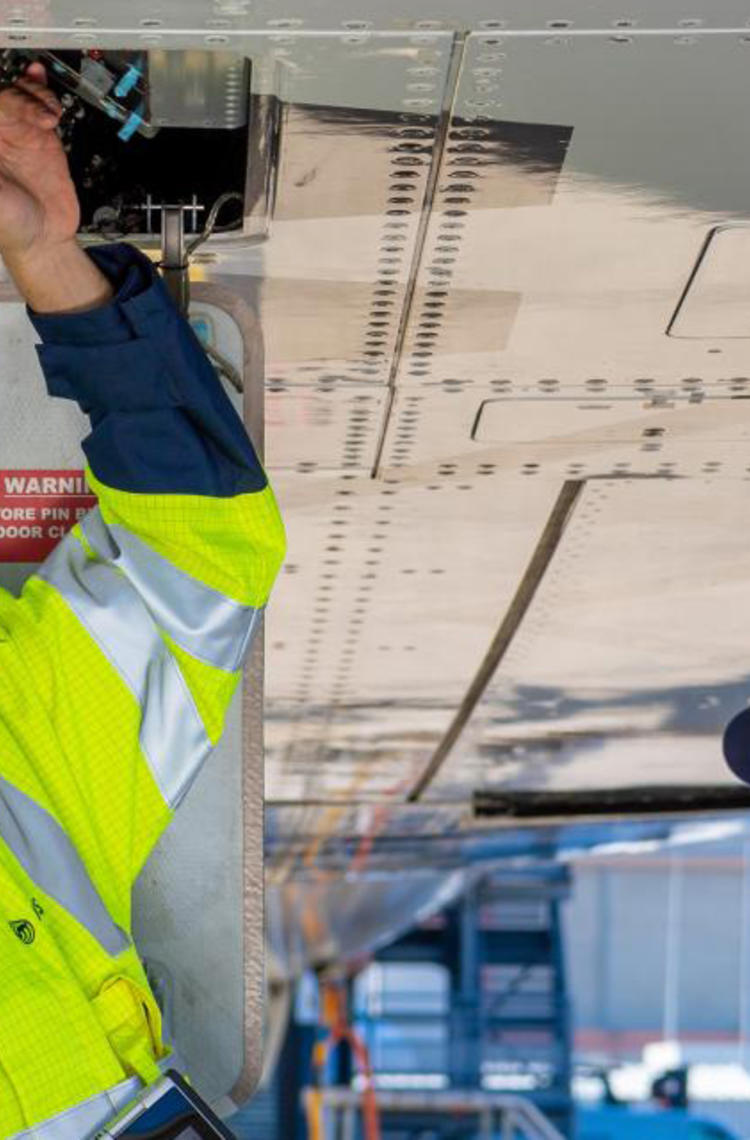
Supporting safety investigation authorities
At Airbus, safety remains the top priority for all our products. To achieve this, we put the focus on preventing or minimising safety-related incidents/accidents through innovative technologies, enhanced operations, and strong teamwork.
When an accident occurs, Airbus has established strong and transparent processes on how to respond and provide appropriate support to safety investigation authorities – as well as applying the lessons learned to further improve safety and avoid future incidents/accidents.
As a manufacturer, Airbus has an important role to play in bringing new technologies with safety benefits into operational use. We have marked many key achievements while supporting safety investigation agencies over the years – leading to advances in design and maintenance, training, operations, and safety management.
Providing expertise
When an aircraft accident/incident involves a civil aircraft or rotorcraft, independent Safety Investigation Authorities (SIAs) must launch an investigation to collect and analyse evidence to determine the circumstances and the certain or likely causes of the accident or incident. The purpose of these investigations established by international aviation standards is to draw lessons learned with a view to prevent a recurrence.
During these investigations Airbus primarily serves in an advisory role in accordance with international law and the established aviation industry protocols involving aircraft manufacturers, equipment suppliers and the international aviation agencies. Airbus stands ready to provide the company’s expertise and resources in supporting the independent safety investigation agencies for their gathering, recording and analysis of all relevant information.
The immediate response to a serious incident / accident by Airbus may involve the deployment of competent company personnel – who are on standby status – to assist in data collection at the site, with subsequent evaluations that make use of the company’s laboratories, simulators, and other technical resources around the world under the supervision of SIAs.
Selected Airbus specialists – trained to work on an incident/accident site while adhering to the necessary protocols – may be nominated to support an investigation.
Analysing the situation
Airbus can dispatch a “Go Team” within a few hours after being notified of a serious incident/accident. The composition of a group and timing is adapted to the specific event and location.
The role of specialists on the “Go Team” is to assist the Airbus lead investigator and provide technical support to the appointed safety investigation agency in order to help identifying, preserving, and recovering evidence from the incident/accident site. Airbus personnel will stay the full amount of time needed to complete their mission, and as long as the safety investigation authorities require their expertise.
Once data has been collected, Airbus works in support of the investigation authorities, making its resources available for in-depth analyses covering multiple domains – from manufacturing, engineering and operations, to training, maintenance, human factors and beyond. This assistance is highly valued in identifying the circumstances of the concerned event, understanding their cause(s) and defining steps that can eliminate or avoid them in the future.
Understanding safety investigations
International aviation standards established safety investigation as an independent process with the purpose of accident and incident prevention, which includes the gathering and analysis of factual information, the drawing of conclusions, including the determination of causes and/or contributing factors and – when appropriate – the making of safety recommendations.
The main objective of the safety investigation of an accident or incident is the prevention of accidents and incidents, and never apportion blame or liability. The accident investigation authority should have independence in the conduct of the investigation and have unrestricted authority over its conduct.
International standards for safety investigations
For civil products, the international standard is ICAO Annex 13, which has been adopted by 193 states. In Europe, it has been reviewed and included in the EU regulation 996-2010. For military products, the international standard is NATO STANAG 3531 (standard agreement) of the North Atlantic Treaty Organisation.
These standards convey the same values: “The sole objective of the investigation of an accident or incident shall be the prevention of accidents and incidents. It is not the purpose of this activity to apportion blame or liability.”
They also impose that communication about the investigation is solely performed by the Safety Investigation Agency in charge. Airbus is only authorized to communicate with prior coordination and when there is a need to ensure continuous airworthiness of the fleet
Parties involved in an investigation: The civil aviation context
The Safety Investigation Authorities represent the states involved in safety investigations.
The state leading the investigation – which usually is the state in which the accident occurred – nominates an investigator-in-charge. As a leader, it appoints accredited representatives from other state authorities. Other parties than states (such as national airworthiness authorities, operator, airframe and engine manufacturers) might be appointed as Advisors to their national Safety Investigation Authorities .
When involved in an investigation, Airbus acts as an Advisor
Parties involved in an investigation: The military context
The investigation of military aircraft accidents differs from civil aircraft in several ways. Organizational structure, specific regulation framework, type of operated aircraft, mission profiles or sensitive information management are only a few topics to consider in order to compare both approaches to an accident investigation.
Military aircraft are operated as state aircraft, and the Chicago Convention does not apply to them. There are no commonly accepted international standards for all military customers. States currently have their national aviation safety systems in place; these systems are independent from each other and are responsible for the regulation of their military and state aircraft.
For NATO countries, STANAG 3531 (“Safety Investigation and Reporting of Accident & Incidents Involving Military Aircraft, Missiles and/or UAVs”) provides guidelines.
According to this framework, the nation of occurrence is ultimately responsible for investigating accidents/incidents of aircraft and/or missiles which occur on, or above, its territory but it shall normally be delegated to the military authorities of the operating nation when two or more nations are involved.
The aircraft manufacturer is not always invited to participate in the global investigation of the accident
The role of the Safety Investigation Authorities
According to ICAO Annex 13: “The accident investigation authority shall have independence in the conduct of the investigation and have unrestricted authority over its conduct, consistent with the provisions of this Annex.”
The investigation shall normally include:
- The gathering, recording and analysis of all relevant information on that accident or incident;
- The protection of certain accident and incident investigation records;
- If appropriate, the issuance of safety recommendations;
- If possible, the determination of the causes and/or contributing factors; and
- Completion of the final report.”
The accident investigation authority conducting the investigation is independent from state aviation authorities and other entities that could interfere with the conduct or objectivity of an investigation.
Accredited representatives (national investigation agencies) shall provide the state conducting the investigation with all relevant information available to them; and shall not divulge information on the progress and the findings of the investigation without the express consent of the state conducting the investigation.
Airbus strictly complies with ICAO standards and EU regulation, and only communicates content that has been authorized by Safety Investigation Authorities.
Learn more about ICAO’s role in an investigation
The Airbus role in an investigation
As an Advisor, the role of Airbus is to provide its expertise and resources to support the Safety Investigation Authorities in the gathering, recording and analysis of all relevant factual information on that accident or incident, including:
- Immediate crisis response that may involve the deployment of a team of specialists to the accident site to support data collection at the accident site;
- In-depth analysis of the data collected in various domains such as manufacturing, engineering, operations and training, maintenance, human factors…,
- Further investigate with laboratories, simulators and all valuable technical resources;
- Support the safety investigation authorities benefit from the Airbus network (supplier, research centres etc);
- Contribute to the identification of safety issues and lessons learned.
Airbus can provide the following company resources for the investigation:
- Technical Documentation
- Laboratory equipment

- Training Simulators:


- Experts (including the “Go Team”)
Airbus’ role in the investigation is not only to support the commission, but to also take away any learning from an event that may help improve the safety of Airbus products and the air transport system.
How Airbus ensures immediate support to Safety Investigation Authorities after an accident?
When an Airbus commercial aircraft accident or major incident occurs, Airbus crisis management is coordinated and managed from the Airbus Crisis Control Center. The Crisis Control Center is an isolated and secure room with very restricted access, and it is where the Accident & Incident Investigation Team assembles and gathers information related to the accident or incident. It is operational twenty-four hours a day, seven days a week. There are also several support Crisis Control Centers strategically located around the world.
Airbus Helicopters also has assets dedicated to its Corporate Crisis Cell, which is in charge of managing all the topics not directly related to the investigation (customer support and people, information gathering, communication management, etc.). Crisis Cells also can be opened in any of the Airbus Helicopters Customer Centres around the world, which remains in close contact with the Corporate Crisis Cell.
All Airbus divisions have specialist technical advisors on stand-by (at least by telephone) and are able to dispatch a team on short notice. These specialists are allocated to the Airbus Product Safety function that provides full assistance to the SIA in charge of the investigations.
The specialists of some Airbus divisions are also supported by a pool of field investigators ready to deploy to an accident site. These specialists are trained to on-site investigation techniques and protocols.
When joining the accident site, the Airbus personnel are dispatched within the teams formed by SIA as technical advisors. Their know-how supports protecting evidence before loss or alteration, locating the accident recorders, and documenting the evidence. They also propose quarantine of equipment and parts which may help the investigation in the future.
They will stay the time required to complete their mission, and as long as the Safety Investigation Authorities need their expertise.
Before returning to Airbus, one of their objectives is to contribute to the safety investigation by providing their observations and recommendations for further expertise to help understand what happened:
- Data collection (site, recorders, testimonies, etc.);
- Why it happened: Analyses, conclusions, causes and contributors, and
- Prevention: Actions taken and recommendations and, importantly, sharing with Airbus customers.
The “black boxes” and how they work
Flight recorders, also known as “black boxes,” are electronic devices present in any aircraft that records flight data and cockpit voices.
In reality, these units are bright orange to make them easier to find, and they are made of extremely solid material to resist harsh conditions. These recorders, similar to a hard drive device that records all flight data and voices in the cockpit, are used during investigations to better understand an accident’s root causes.
Flight recorders typically include two recorder units: the Flight Data Recorder (DFDR); and the Cockpit Voice recorder (CVR). From 2021, Airbus introduced the CVDR (Combined Voice Data Recorder).
Although there are no international regulations that require the installation of flight recorders in military aircraft, both military transport aircraft and fighters built by Airbus are equipped with such systems. Information recorded in these devices is not only used as an essential source of information to investigate aircraft mishaps, but also to perform mission operational analysis.
Military transport aircraft often are equipped with the same DFDR and CVR as civil aircraft. For fighters, flight recorders are tailored specifically for use on these high-performance aircraft, while retaining the same principles as the units for civil airplanes.
Recording devices used in military aircraft are designed according to military specifications to support flight conditions wider than those found in commercial aviation, such as the vertical load factor (G-force), where fighters can reach values greater than 8 Gs, while passenger aircraft do not exceed 2.5 Gs. The service life, memory capacity and recording time is shorter for combat aircraft than for civil aircraft due to their shorter mission flight times.

Improving commercial aviation safety
Statistical Analysis of Commercial Aviation Accidents
Focusing on all Western-built aircraft since the beginning of the commercial jet age, this statistical analysis of the air transport sector examines the evolution of hull-loss and fatal accident rates during revenue flights from 1958.
The analysis clearly demonstrates the industry’s outstanding improvements in safety over the past decades. It also underlines the significant contribution that technology has made in ensuring that taking a flight in a commercial aircraft is an inherently low-risk activity.
More information: A statistical Analysis of Commercial Aviation Accidents
Family assistance plan
As per ICAO guidance, governments of nationals, who are victims of civil aviation accidents, have the role of notifying and assisting families of the victims.
More information:
https://www.icao.int/Security/FAL/ANNEX9/Pages/AssistancetoAircraftAccidentVictimsFamilies.aspx
To report an accident or incident
In the event of an accident involving Airbus product, inform the national accident investigation board presiding over the region where the event occurred.
For Airbus Helicopters, the incident/accident investigation team may also be notified:
- For French type helicopters at: support.accident-investigation.ah@airbus.com.
- For German type helicopters: support.accident-investigation.ahd@airbus.com.
For Commercial Aircraft, the incident/accident investigation team may also be notified (all types): account.safety@airbus.com
Learn more about Airbus helicopter types and accident and incident reporting
The latest in safety
In the spotlight
-
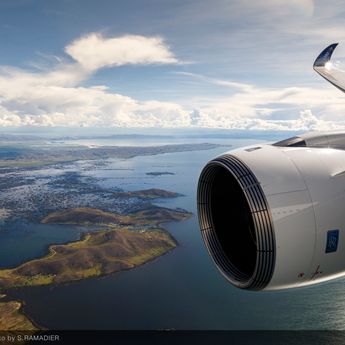
Flight control system: more redundancy to enhance resilience
Web Story
Safety
More redundancy to enhance resilience -
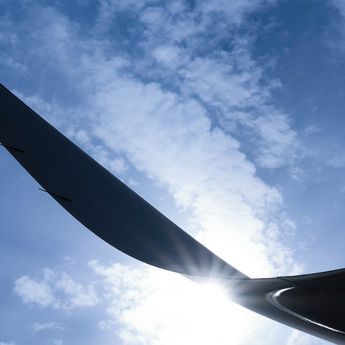
Aviation safety trends show need for continued vigilance
Web Story
Safety
-
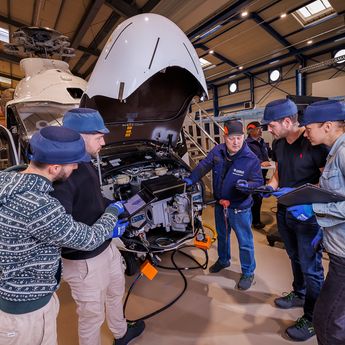
How Airbus is training the current and next generation of helicopter pilots and…
Web Story
Helicopters
-
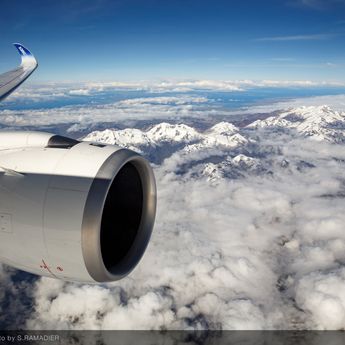
Airspeed information, whatever the conditions
Web Story
Safety
-

Continuously improving the safety of our aircraft
Web Story
Safety